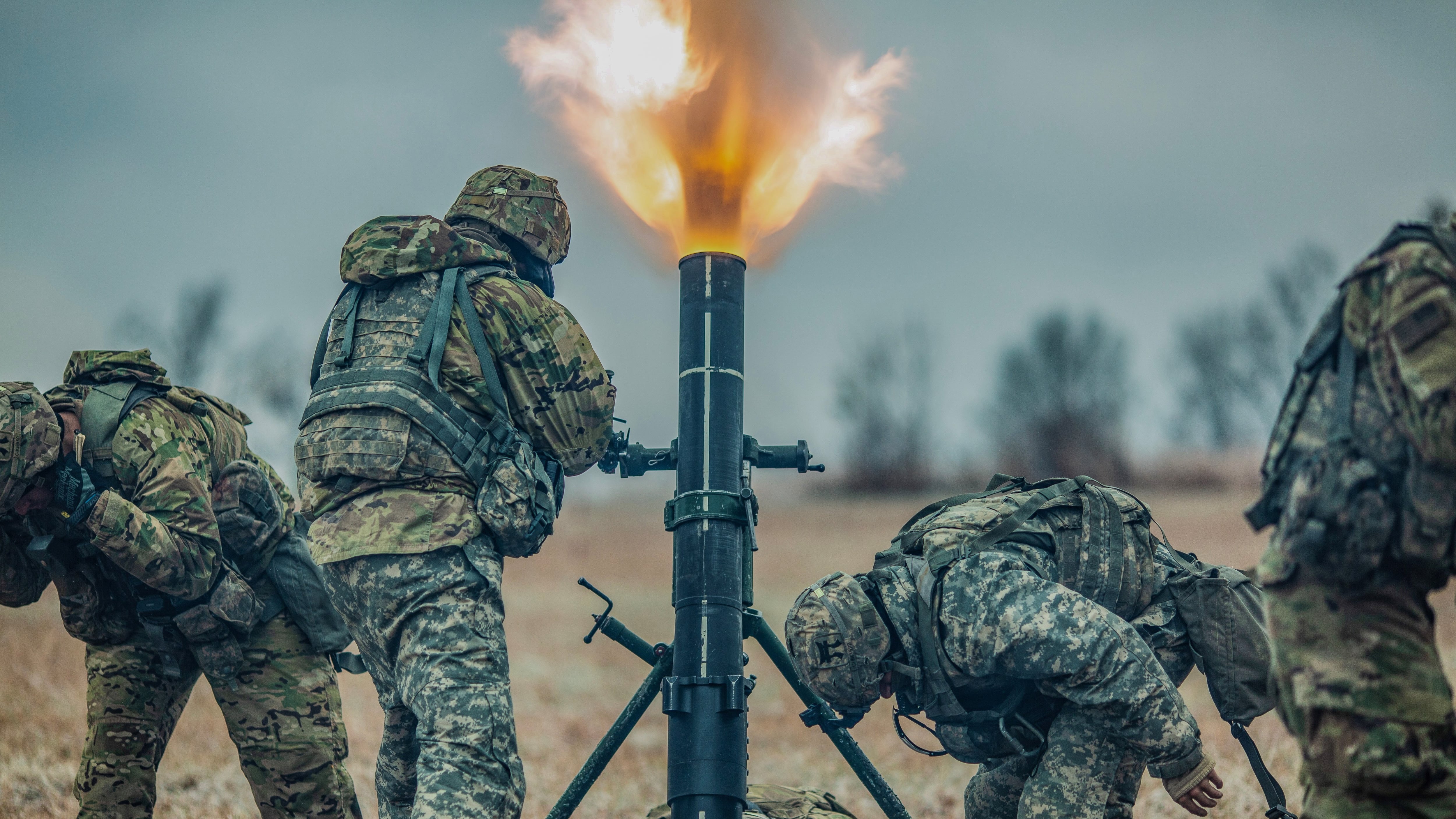FORT CAMPBELL, Ky. — Despite its characteristic arch, a 60mm mortar can be shot directly at someone.
The issue, of course, is lining things up — and keeping one’s appendages attached in the process.
“The way that you aim it is you take your thumb, you put it by the lip of the tube, and you say, like, ‘I think that’s about the enemy,’ ” U.S. Army Capt. Tyler Meredith told a group of reporters and service officials during a recent visit to Fort Campbell, Kentucky. “And then you pull your thumb back a little bit and you shoot.”
Related injuries can be gruesome. In 2019, the Army publicly recounted an 81mm mortar mishap that left a soldier with a hand split “like a hoagie sandwich bun.” The soldier failed to “sweep the tube,” leaving his hands at the mercy of the blast, the projectile and its fins.
RELATED
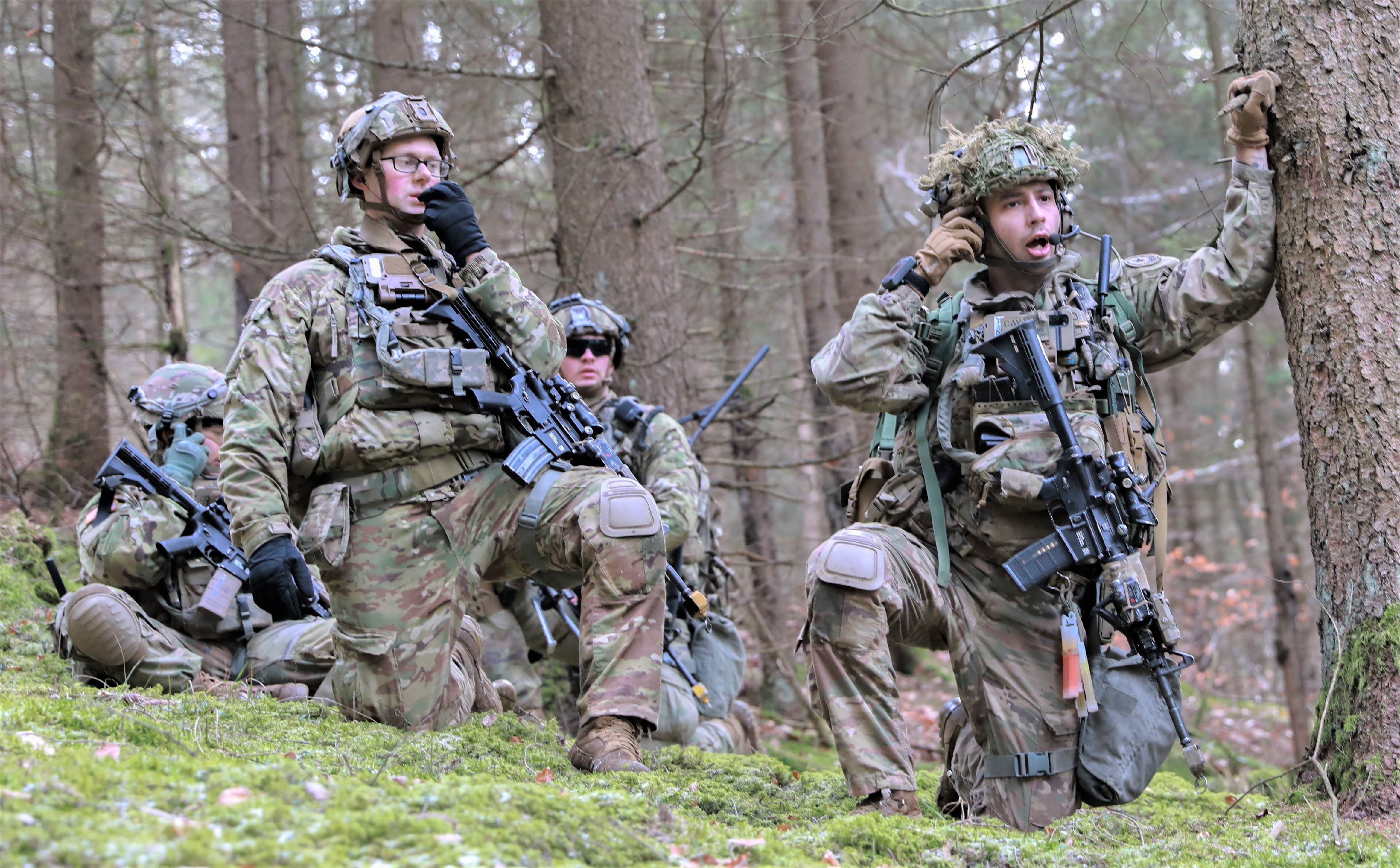
So, Meredith recalled in late March, when a mortarman drummed up the idea to perform direct fire “a little more safely” and “with a little more accuracy” by developing an ad hoc iron sight, he turned to a fledgling “makerspace” facility known as the EagleWerx Applied Tactical Innovation Center.
Tucked into a nondescript building along Fort Campbell’s Screaming Eagle Boulevard, named so for the iconic airborne division that calls the fort home, EagleWerx is a handyman’s paradise.
The floor and walls of the center — a mix of grease-monkey garage and white-coat-and-spectacles lab — are packed with the latest in fabrication technology: 3D printers, CNC milling and laser cutting tools, robotics kits, electronics workstations, sewing machines, hammers and screwdrivers and more.
The 3D printing capabilities were especially useful in crafting the mortar sight, which looks like a ring that clamps onto a tube or pipe. A video shared by the 101st Airborne Division’s 1st Brigade Combat Team in January showed off the creation: a black and brown circle with manipulable joints and attachments.
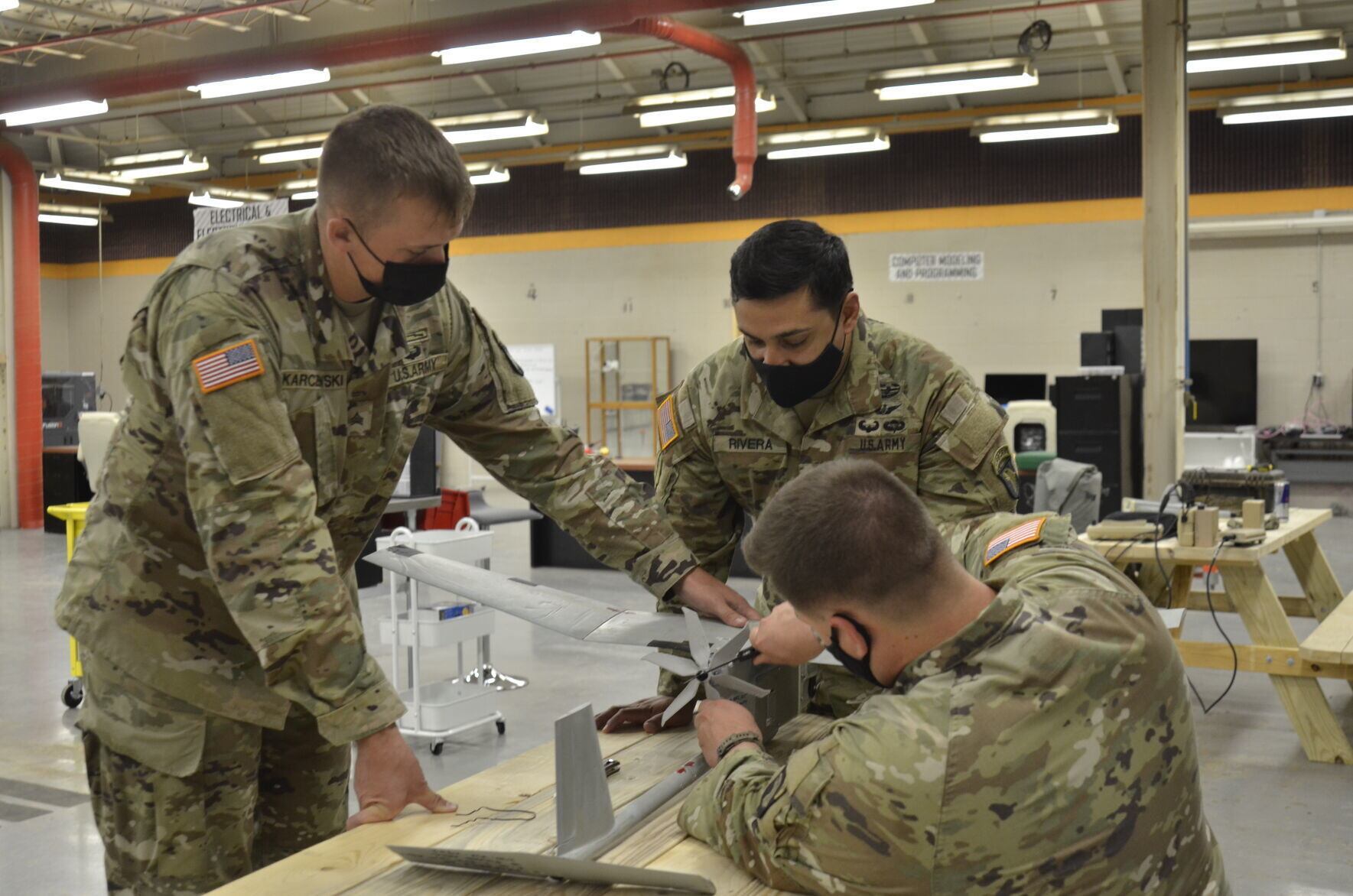
“The reason why we came up with this idea is because there is actually no safe way to shoot handheld,” Staff Sgt. Austin Lehmann said in the video, which was posted to Facebook. “To try to prevent injury, we created the iron sight that attaches to this right here, to slide the crewmember’s hands down.”
How it werx
The EagleWerx makerspace exists to patch problems encountered in the field, the sort of quality-of-life upgrades that may have been missed in the long-haul development and deployment of military technology.
It can also be an avenue through which frustrations — with unwieldy tools or a sluggish bureaucracy — are be vented. Center officials want to address gaps quickly, cheaply and with input from even the lowest ranks. Meredith dubbed it “tactical innovation,” efforts that buck the Army’s grander 2030 and 2040 perspectives for what can be done today.
RELATED
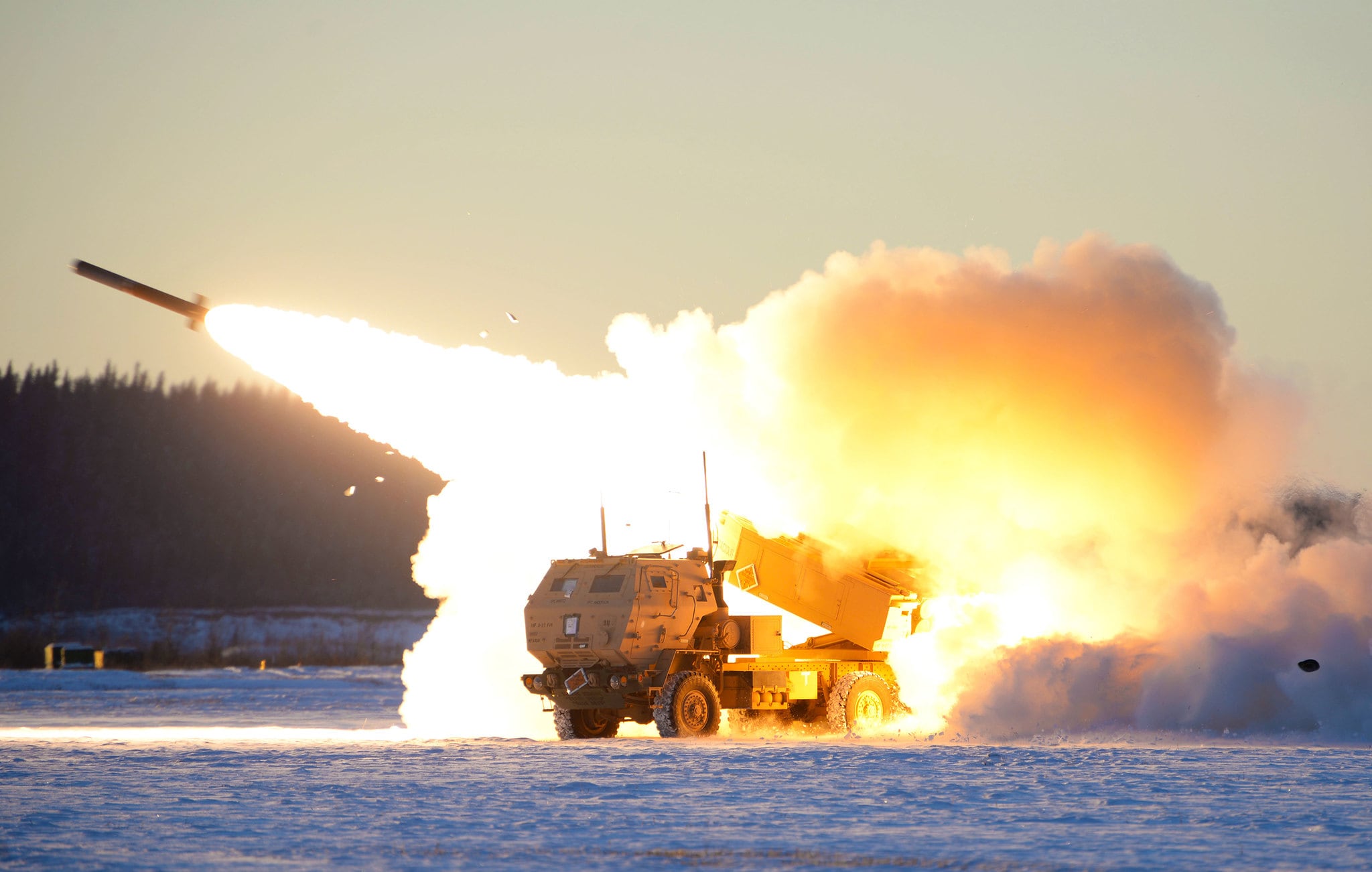
“We’re innovating to make that equipment better, to identify shortfalls,” said Meredith, who serves as the deputy innovation officer and runs the facility day to day. “It’s, ‘Hey, we’ve got troops that are forward right now, how do we best enable these guys within the framework of what the Army has already established?’”
The center at Fort Campbell was the first of its kind and is now a little more than one year old. It is supported by a host of infrastructure: the Catalyst Pathfinder congressional initiative, meant to connect soldiers with academia; the Civil-Military Innovation Institute, a nonprofit; and a broader defense network that includes the Army Research Lab and its Army Combat Capabilities Development Command, the Air Force’s Afwerx, and the Navy and Marine Corps’ NavalX.
Such localized innovation hubs trade the traditional acquisition approach, in which government lays out in painstaking detail what it wants and then takes however long to select company A, B or C to build it, for something more akin to a scrappy startup. Experimentation and exploration are encouraged, as is thinking “a little more outside” of the typical Army box, according to Meredith.
“They know that there’s a facility that they can work on their problems,” he said. “We’re shaping their thinking so that they’re in a creative mindset. When they go to the field they’re not just thinking, ‘I just got to get through this.’ When they run into a problem it’s, ‘How can I solve this,’ and trying to change the mentality there.”
When the EagleWerx ribbon was cut in December 2021, Maj. Gen. JP McGee, the commanding general, described it as a significant investment in the ingenuity of the 101st. Similar efforts are cropping up across the Army.
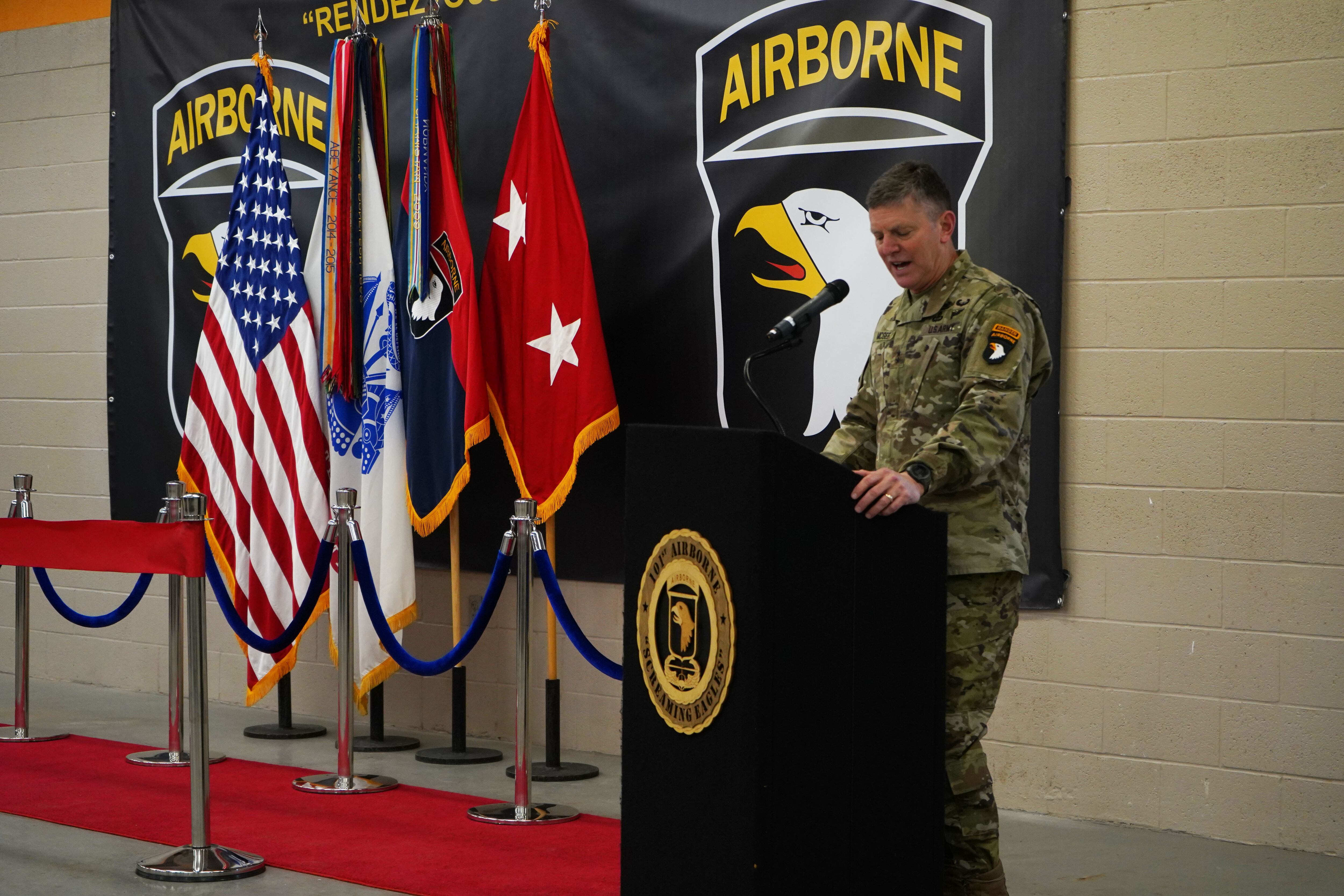
The 82nd Airborne Division at Fort Bragg, North Carolina, in 2022 launched the Airborne Innovation Lab. The facility sports a woodshop, textile stations, soldering equipment and meeting space, and bills itself as a home for paratrooper problem-solving. Another, the Marne Innovation Center, exists alongside the 3rd Infantry Division at Fort Stewart, Georgia.
At EagleWerx, ideas are submitted through an online portal, often accessed though a widely distributed QR code.
A soldier can plug in the issues he or she is facing and a proposed solution for review. From there, he or she is brought in to discuss the idea — big or small — and any potential paths forward. Collaborating with a university, such as Vanderbilt, is one such option.
“We’ve got educational partnership agreements with a couple of local colleges. What that does is it lets us leverage their specialized knowledge,” Meredith said. “We’re all smart in the Army. But there are some people out there that are a little smarter, and they’re looking for research projects.”
More than mortars
The mortar tube sight is one of several EagleWerx success stories. Tinkerers have designed and constructed early versions of an electronic warfare training aid, a curved-claw multi-function hammer, an exosuit meant to reduce physical burdens, swappable parts for small drones and a protective ammo bag. Several soldiers have secured patent rights, according to Meredith.
RELATED

The bag, specifically, is the brainchild of an assistant gunner who faced a conundrum: keeping precious resources safe in punishing conditions while sacrificing little to no ease of access.
“As an assistant gunner, he would receive a couple hundred of rounds of ammunition for his machine gun and no way to carry it. And so what he would do is he would throw it into his rucksack, throw it into his assault pack. It would get tangled, the links would snap or get dropped in the mud, get dirty, whatever it is,” Meredith said. “Time comes to fire. They put the machine gun down, they set it up, they’re firing it. There’s mud on the rounds so it jams the gun. There’s issues with the links so it jams the gun. He’s getting yelled at by a squad leader.”
Using the sewing machines and materials available at EagleWerx, a rough version of the pouch was churned out.
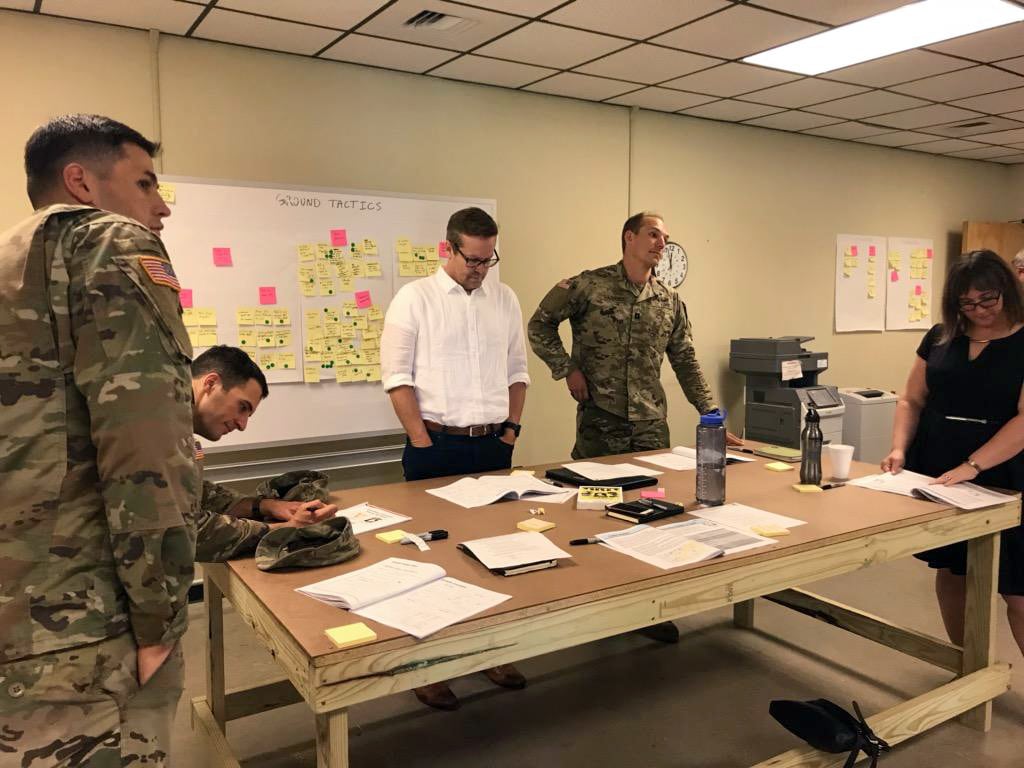
It was quickly realized, though, that those involved lacked the necessary seamster skills. So the idea was brought to industry for prototype production, according to Meredith, and the results of that partnership will be reintroduced to soldiers to get fresh feedback.
“Modernization, innovation, it’s a circular thing,” Meredith said. “These are problem statements that are being encountered by your private first class, by your specialist, by your corporal, by your second lieutenant. And they’re saying, ‘Hey, this is something that, you know, we’ve got a shortfall, we’ve got a piece of equipment that doesn’t do what we need it to do.’ And we want to work on that.”
Colin Demarest was a reporter at C4ISRNET, where he covered military networks, cyber and IT. Colin had previously covered the Department of Energy and its National Nuclear Security Administration — namely Cold War cleanup and nuclear weapons development — for a daily newspaper in South Carolina. Colin is also an award-winning photographer.
